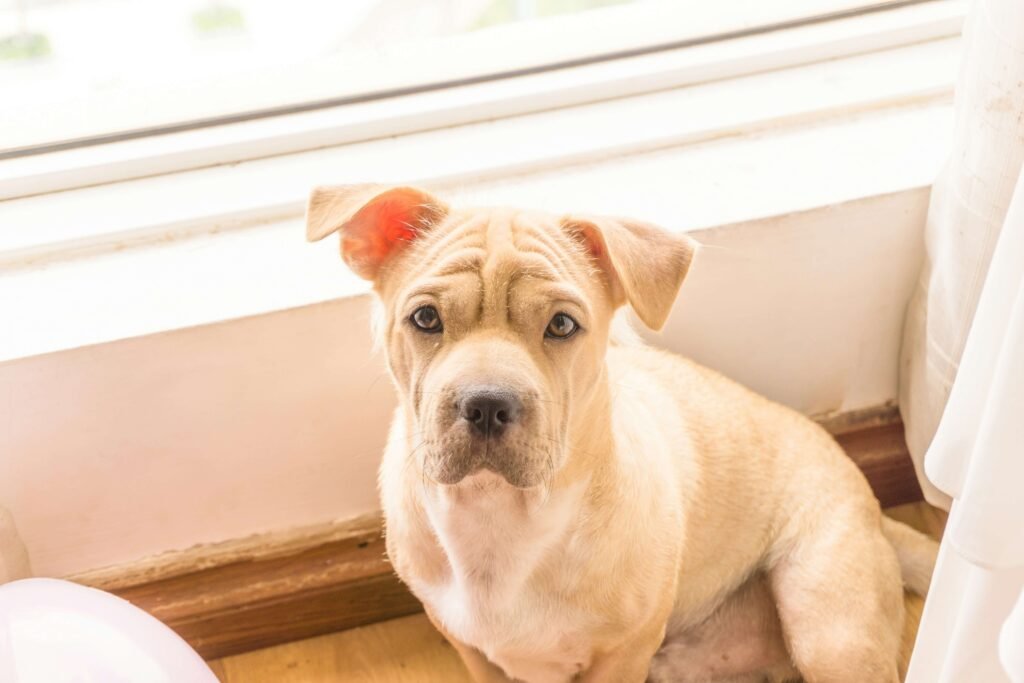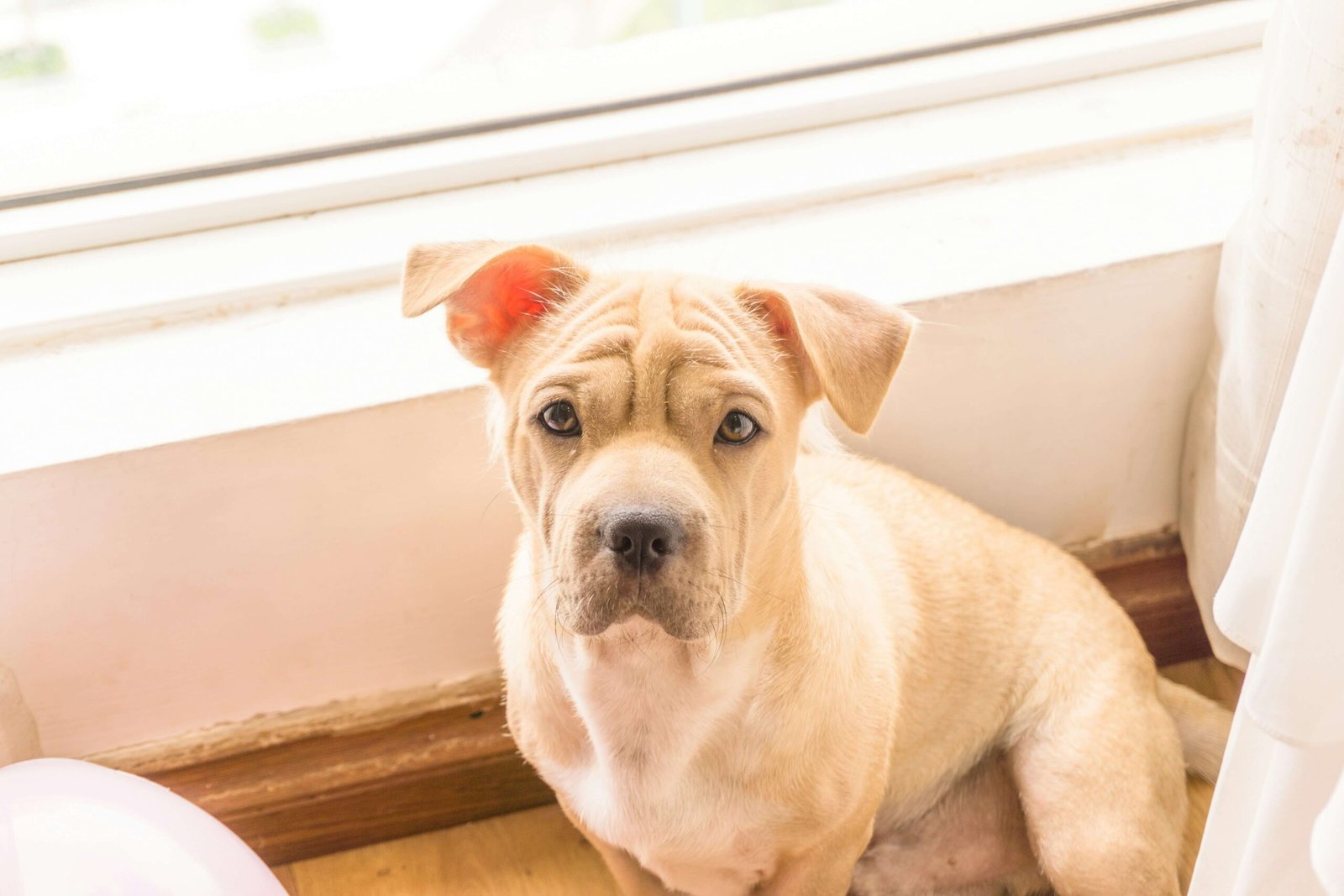Understanding Dog Knuckling Front Paw
If you’ve noticed your dog walking with their front paw knuckled under, it can be a cause for concern. This condition, often referred to as “knuckling,” occurs when a dog’s paw folds under instead of landing flat on the ground. It may seem like a minor issue at first, but knuckling can indicate an underlying health problem that requires attention. Whether caused by injury, neurological issues, or other medical conditions, addressing this behavior promptly is crucial for your dog’s well-being. In this blog post, we’ll explore the causes, symptoms, and treatment options for dog knuckling front paw, as well as tips for supporting your furry friend through recovery.
Common Causes of Dog Knuckling Front Paw
Knuckling in dogs can stem from a variety of causes, ranging from minor injuries to serious medical conditions. Here are some of the most common reasons behind this behavior:
Nerve Damage : Trauma or compression of nerves in the leg or spine can lead to loss of sensation, causing the paw to knuckle.
Arthritis : Joint inflammation can weaken muscles and ligaments, making it difficult for your dog to control their paw movement.
Injury : A sprain, strain, or fracture in the leg may result in temporary knuckling as the body compensates for pain.
Degenerative Myelopathy : This progressive neurological disease affects the spinal cord and can lead to weakness in the limbs.
Stroke or Vestibular Disease : These conditions can disrupt balance and coordination, leading to abnormal gait patterns.
Understanding the root cause of knuckling is essential for determining the appropriate treatment and ensuring your dog receives the care they need.
Symptoms to Watch For
Knuckling is often accompanied by other signs that can help you identify potential problems early. Here’s what to look out for:
Dragging Paws : Your dog may drag their front paw along the ground instead of lifting it properly.
Unsteady Gait : Wobbling or stumbling while walking could indicate balance or coordination issues.
Limping : Favoring one leg or limping may suggest pain or discomfort in the affected limb.
Muscle Weakness : Noticeable muscle loss or weakness in the legs can accompany knuckling.
Behavioral Changes : Reluctance to walk, jump, or play may signal underlying pain or mobility issues.
Recognizing these symptoms early can help you address the problem before it worsens, ensuring your dog gets timely care and support.
Check this guide 👉Dog Paw Pad Peeling: Best 7 Health Tips!
Check this guide 👉Why Does My Dog Paw at Me When I Stop Petting Her? Best 7 Tips
Check this guide 👉How to Bandage a Dog Paw: Best 7 Expert Tips!

Potential Causes of Knuckling | Signs to Look For |
|---|---|
Nerve damage or injury | Dragging paws |
Arthritis or joint inflammation | Limping or favoring one leg |
Degenerative myelopathy | Muscle weakness in limbs |
Stroke or vestibular disease | Unsteady gait or wobbling |
Trauma or fractures | Behavioral changes like reluctance to move |
Treatment Options for Dog Knuckling Front Paw
The treatment for knuckling depends on the underlying cause, but there are several approaches that can help improve your dog’s condition. Here are some common strategies:
Physical Therapy : Exercises designed to strengthen muscles and improve coordination can aid recovery.
Paw Support Devices : Boots or braces can provide stability and prevent further injury to the affected paw.
Medication : Anti-inflammatory drugs or pain relievers may be prescribed to manage arthritis or nerve pain.
Surgery : In cases of severe nerve damage or fractures, surgical intervention might be necessary.
Weight Management : Maintaining a healthy weight reduces stress on joints and improves mobility.
Consulting with a veterinarian is essential to determine the best course of action tailored to your dog’s specific needs.
Tips for Supporting Your Dog Through Recovery
Helping your dog recover from knuckling requires patience and dedication. Here are some practical tips to support their healing process:
Regular Exercise : Gentle walks and controlled activities can maintain muscle tone without overexertion.
Massage Therapy : Massaging the affected leg can improve circulation and reduce stiffness.
Comfortable Rest Area : Provide a soft, supportive bed to minimize pressure on joints and muscles.
Monitor Progress : Keep track of improvements or setbacks to share with your vet during follow-ups.
Stay Positive : Encourage your dog with praise and affection to keep their spirits high during recovery.
By combining professional treatment with these supportive measures, you can help your dog regain strength and mobility over time.
Preventive Measures to Avoid Knuckling
Preventing knuckling in dogs is always better than treating it after it occurs. Here are some proactive steps you can take to reduce the risk of your dog developing this condition:
Regular Exercise : Keep your dog active with low-impact activities like swimming or walking to maintain joint and muscle health.
Balanced Diet : Feed your dog a nutrient-rich diet that supports bone and joint health, such as foods high in omega-3 fatty acids.
Avoid Overexertion : Limit strenuous activities that could strain your dog’s muscles or joints, especially in large breeds.
Routine Vet Checkups : Schedule regular veterinary visits to catch potential issues early before they escalate.
Safe Environment : Remove hazards like slippery floors or sharp objects that could cause injuries leading to knuckling.
By taking these preventive measures, you can significantly reduce the likelihood of your dog experiencing knuckling and ensure they stay healthy and active.
Emotional Support for Dogs During Recovery
Recovering from knuckling isn’t just a physical challenge—it can also take an emotional toll on your dog. Providing emotional support during this time is crucial for their overall well-being. Here’s how you can help:
Stay Calm and Reassuring : Your dog picks up on your energy, so maintaining a calm demeanor can help them feel more secure.
Positive Reinforcement : Reward your dog with treats or praise when they make progress, such as walking without knuckling.
Engage in Play : Offer gentle playtime with toys that don’t require excessive movement, keeping their spirits high.
Stick to a Routine : Consistency in feeding, walking, and rest times provides comfort and predictability for your dog.
Offer Extra Affection : Spend quality time petting, cuddling, or simply being present with your dog to show your support.
Emotional care plays a vital role in recovery, helping your dog stay motivated and confident as they heal.
When to Seek Immediate Veterinary Attention
While some cases of knuckling may resolve with time and care, others require immediate attention. Knowing when to seek emergency veterinary help can make all the difference. Here are signs that warrant urgent action:
Sudden Onset : If your dog starts knuckling out of nowhere, it could indicate a stroke or acute injury.
Severe Pain : Whining, yelping, or refusing to move suggests your dog is in significant discomfort.
Loss of Bladder or Bowel Control : This could indicate a spinal issue requiring immediate intervention.
Worsening Symptoms : Progressive weakness or inability to stand is a red flag that needs urgent evaluation.
Behavioral Changes : Extreme lethargy, confusion, or aggression may signal a serious underlying problem.
Promptly addressing these warning signs can prevent further complications and improve your dog’s chances of a full recovery.
Frequently Asked Questions About Dog Knuckling Front Paw
Is knuckling a sign of a serious problem?
It can be, depending on the underlying cause. Persistent knuckling should always be evaluated by a vet.
Can knuckling be cured?
In many cases, yes, especially if the cause is treatable, such as arthritis or minor injuries.
How long does recovery take?
Recovery time varies based on the cause and severity, ranging from weeks to months.
Are certain breeds more prone to knuckling?
Yes, larger breeds and those predisposed to degenerative myelopathy are at higher risk.
Can I use home remedies for knuckling?
While some supportive measures like massage can help, professional diagnosis and treatment are essential.
Taking Action for Your Dog’s Health
Knuckling in a dog’s front paw is not something to ignore, as it can signify a range of underlying health issues. By staying vigilant, recognizing the symptoms early, and seeking professional guidance, you can ensure your dog receives the care they need. Whether through physical therapy, medication, or lifestyle adjustments, there are many ways to support your furry companion on their road to recovery. Remember, your dog relies on you to advocate for their well-being—so don’t hesitate to act if you notice any signs of knuckling. With love, patience, and proper care, your loyal friend can overcome this challenge and enjoy a happy, active life once again.
Canned Pumpkin for Cat Diarrhea: Best 7 Expert Tips! Natural remedy to firm stools, soothe upset bellies, and support gut health safely.
Can a Cat Give You Scabies? Best 7 Expert Tips! Discover the truth about feline mites, human skin risks, and how to protect yourself—without panic.
Cat Flea vs Human Flea: Best 7 Expert Tips! Discover the truth about bites, species, and how to eliminate infestations for good.
Weird Cat Behaviors: Best 7 Expert Tips! Discover why cats do strange things—and how to understand, not punish, their instincts for a happier home.





